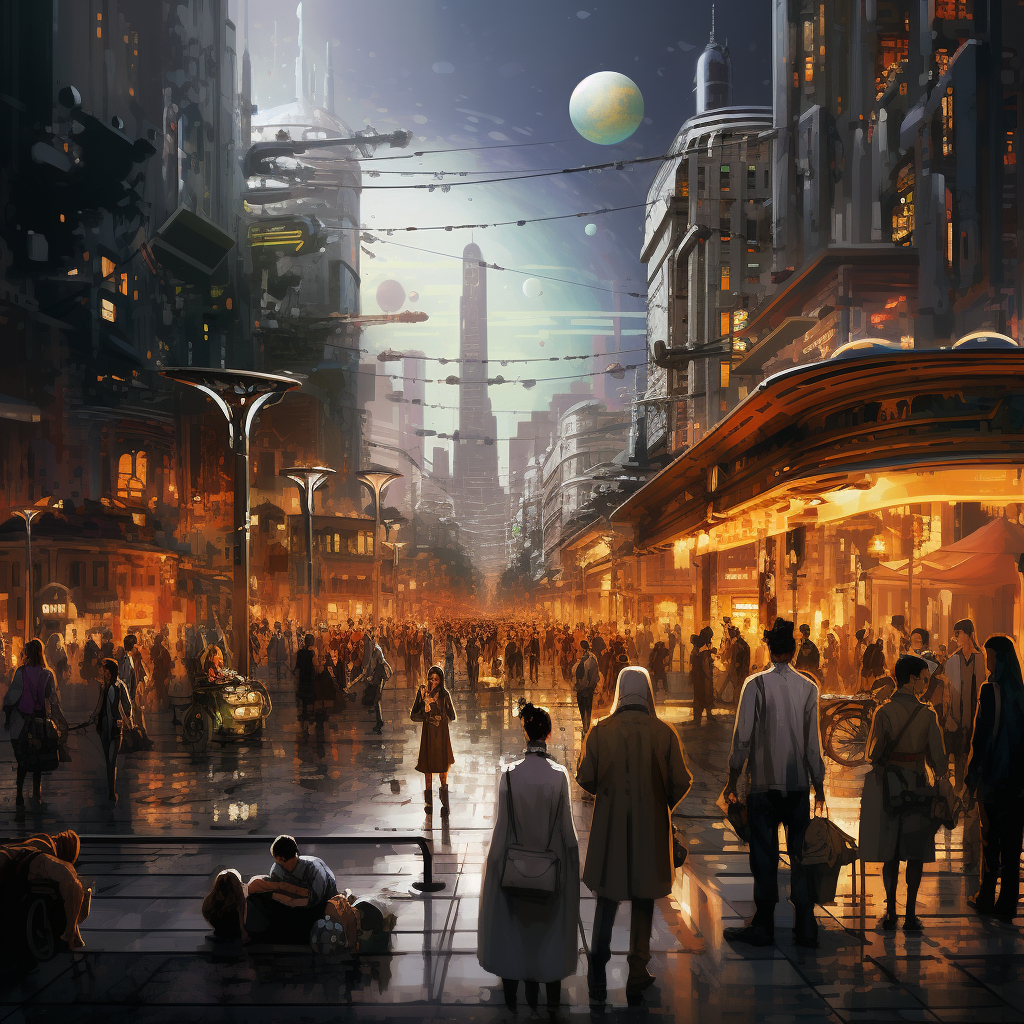Control your world.
What is this all about? Why should you care?
We’ve got problems?…
Society today is in turmoil. In America alone, there are crisis of home affordability & homelessness, infrastructure decay, & a rapidly growing wealth gap. Unlike past generations, today’s youth lacks the hopefulness & optimism for their future. But, given today’s tech, society as a whole can be (& should be) prosperous, equitable & harmonious... for everyone. We believe that starts with our cities & suburbs, & how we go about living. It starts with the places we call home & the spaces we where we gather. We believe that as our urban fabric flourishes, our futures become fuller. & now, we're building that future.
(a sampling of our built-world issues)
What are we doing about it?
A Framework for Solutions
We are distributing digital tools to the folks who own, develop, occupy, gather in, & provide services to our American cities & suburbs in an attempt to usher in a new era of urbanity via a fully-integrated city platform for all of your urban needs. We aim to engage with all of the stakeholders in the built environment in order to bring back an idea that seems lost in today’s zeitgeist; the American dream 2.0. By getting everyone in the same place, looking at the situation from different perspectives, we think that property owners, operators, & developers will make better use of its existing space & create new space more responsibly. We think that people will have more control & less anxiety over the spaces in which they live, work & gather. We believe that technology will encourage communities to connect over similarities instead of tearing each other down over differences. The first step aims to (by way of the browser-based tools mentioned above) mesh existing interactivity & to streamline all of the transactions that take place in our cities. We think 95%+ of said stakeholders are covered in a simplified system called “the 5 Ps” (see below). Each “P” will get a suite of tools to help its users engage with the built world.
Its all connected… The “5 Ps” of our cities & suburbs.
“The 5 Ps” is a hyper-simplification of the interconnected forces that comprise the built world. Without property, the people have no space to occupy. Without projects the property never meets the needs of the people. Without places, the people have no reason to occupy the location. Etc etc. All of the Ps have an intricate, individual, unique relationships with the other 4. Some are largely comprised of private stakeholders (property / projects / people) while others are public, or psuedo-public (places / providers). This diagram begins to explain the system:
Our Moonshot Aim
The Utopian Built World…
Phase 1: 2025
Empower the people digitally (the ecosystem)
Browser based tools built to streamline & automate tasks & transactions for the built world. Technologies to assist professionals find, acquire, alter & operate space. Tools to help people live in their homes, work places & participate in their communities. Support for providers of infrastructure, government & the pubic good.
Phase 2: 2030
Overhaul the inventory of existing space
Build on top of the digital platform to create process paths that incentivize the stakeholders to boost investment & the production of 21st century space product. Encourage the reuse of existing underused space over the creation of new space.
Phase 3: 2035
Reinvent the physical product offerings on the market
Utilizing the knowledge of supply & demand of space product from phase 2, develop new physical products / materials to suit the markets existing and future needs.
Phase 4: 2040
Guide public opinion & legislation of critical urban & suburban issues
Considering data, space product, & the means to produce & alter new space, craft a think tank around how to best use the resources at hand to produce better outcomes for society.
Phase 5: 2045
Shepherd the urban fabric in a beneficial direction for all mankind
Introduce a democratized control system to steer the course of societies built world decisions for the betterment of all peoples by mid-century.







